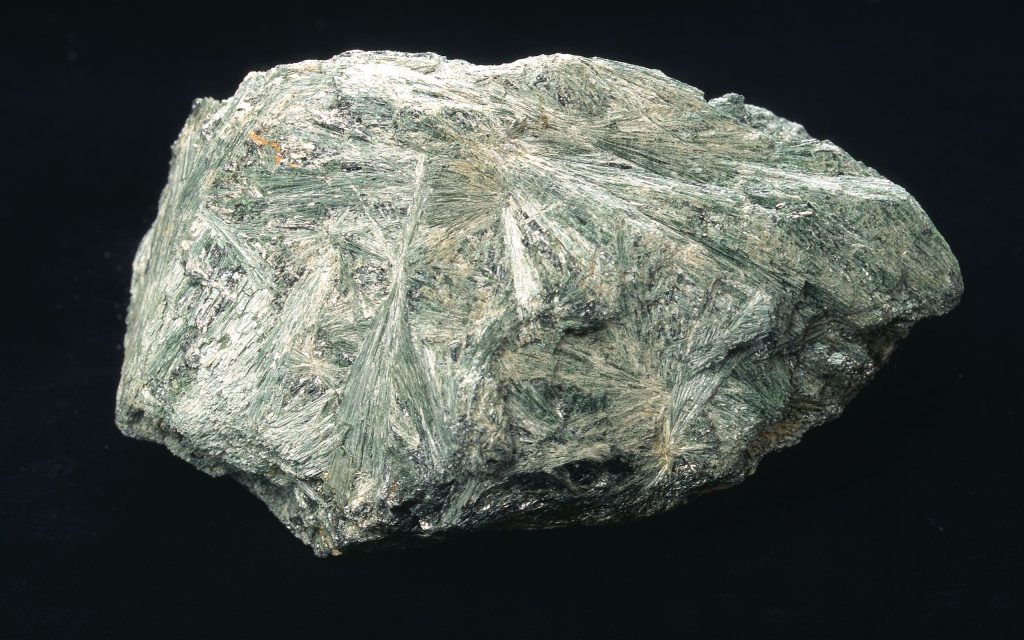Asbestos Removal
ASBESTOS REMOVAL Service
Asbestos removal is a serious business. ABS Asbestos Removal works hard to protect our clients and the wider community from asbestos exposure. Asbestos was mined in Australia until 1984, and 1.5 million tonnes were imported between 1930 and 1983. Asbestos was not banned in Australia until 2004.
According to government statistics, approximately one-third of all Australian homes have asbestos-containing products in them. If the house was built before 1990, it probably has asbestos-containing materials. If you need asbestos removal in Newcastle or your property testing for asbestos, then do not hesitate to give us a call at 0409007033.
This page will show you how serious asbestos removal in Newcastle really is. It is not a job for a fly-by-night kind of outfit. ABS Asbestos Removal holds the relevant certificates and licenses to remove non-friable asbestos. We also have a demolition certificate, so you can rest assured that we are even qualified for the bigger jobs.
At ABS Asbestos Removal, customer satisfaction and peace of mind are of utmost importance to us. We value and listen to our customer’s feedback, and our 5-star google reviews reflect this. NATA-accredited analysts test all our asbestos samples, and we work closely with environmental hygienists for asbestos assessments and hazardous materials reports.
Our asbestos removal service covers:
- Newcastle
- Hunters Valley
- Lake Macquarie
- Central Coast
We also service surrounding areas, so do not hesitate to give us a call on 0409007033 to find out more if you are looking for asbestos removal near me.
Asbestos in the Home
According to the Australian Government website, asbestos or asbestos-containing materials can be found in these areas:
- walls
- gables and eaves
- roofing and gutters
- vinyl, carpet and tile underlay
- fencing
- wet area splashbacks
- sheds
- expansion joints
- packing under beams
- concrete formwork
This is not an exhaustive list, but it will give you some ideas of the danger areas. If you suspect you have asbestos-containing material in your property and are renovating, excavating or demolishing, then contact an asbestos removal expert before starting. You cannot tell if materials contain asbestos just by looking at them. Only a scientific sample test by an accredited National Association of Testing (NATA) asbestos testing laboratory can confirm whether asbestos is present or not.
If asbestos materials are in good condition, they usually do not pose any danger and are best left alone. It is ok to paint these materials.

What Is Asbestos?
Asbestos is a naturally occurring mineral fibre. It was widely used because it can withstand erosion, heat and decay. It is solid and affordable and can insulate against electricity and heat. This made it an ideal material for homes and buildings.
Asbestos exposure can lead to life-threatening illnesses. This risk happens when asbestos fibres are breathed in after being released into the air. This is why it was banned in Australia on 31st December 2003 and is also banned in 61 countries worldwide.
There are six types of asbestos mineral fibres:
- Actinolite
- Amosite
- Anthophyllite
- Chrysotile
- Crocidolite
- Tremolite
These types are categorised by their fibre appearance under a microscope.
Serpentine asbestos fibres are long and curly. This category only contains Chrysotile asbestos. Its most common use was in corrugated asbestos cement roof sheets used in outbuildings, garages etc. It can also be found in panels used for ceilings, walls and floors. Various other uses include joint compounds, wall plaster and pipe insulation.
Amphibole asbestos fibres are needle-like. This category encompasses the remaining five types of asbestos.
Crocidolite is often referred to as blue asbestos and is considered the most hazardous. A link between blue asbestos and asbestos-related cancer mesothelioma was discovered as far back as 1964. Can you believe crocidolite was used in a brand of cigarette filters in the 1950s?
Amosite is often referred to as brown asbestos and is most commonly found in fire retardant materials used in insulation products and ceiling tiles.
Tremolite, Anthophyllite and Actinolite are less commonly used but can still be found in various insulation and construction materials.
If you suspect asbestos to be on your property or are doing renovation work and need asbestos removal in Newcastle, call us today on 0409007033.
What Was Asbestos Used For?
Apart from the common asbestos usage in the home explained above, asbestos had widespread use in Australia in the 20th Century. Asbestos-containing products can be found in the community in the following ways:
- Clutches and brake linings for cars
- Cloths
- Gaskets & seals
- Water & sewage piping, chemical tanks, electrical wire casings, electrical switchboards
- Small appliance components, heat protective mats and sheet flooring
Production of asbestos products gradually stopped during the 1980s. Asbestos flat sheeting was phased out between 1981 and 1983. Corrugated products such as roofing and cladding were removed from production by 1985. Piping lined with asbestos was stopped in 1987, and by 2003, brake pads no longer contained asbestos.
Although there has been a ban on selling, reusing or importing asbestos in Australia since 2004, some asbestos materials have still entered the country. If you have any concerns about materials, it is best to have them tested by a NATA-accredited laboratory. Alternatively, call an asbestos removal Newcastle expert.
Asbestos Health Problems
Asbestos wasn’t taken seriously as a health concern in Australia until the 1990s. Australia has one of the highest rates of mesothelioma in the world. According to WorkSafe Australia, it is the biggest cause of work-related deaths, with over 4000 lives lost each year due to asbestos-related illnesses.
The start of asbestos dust problems came about due to power tool use in the 1950s and 60s. Asbestos materials that are disturbed release toxic fibres into the air. Those who inhale the dust are exposed to the asbestos. These asbestos fibres enter the lung cavities and become trapped there. This can lead to the following:
- Lung Cancer
- Asbestosis
- Malignant mesothelioma
- Pleural disorders
Lung Cancer is usually caused by many years of asbestos exposure. Most cases of lung cancer in asbestos workers occur 15 years or more after first exposure. Those who smoke and have worked with asbestos are at a greater risk of lung cancer.
Asbestosis is a chronic and progressive lung disease caused by long-term exposure to asbestos. If you worked in an industry where you were exposed to asbestos regularly, you are at high risk. The inhaled asbestos fibres that have accumulated in the lungs produce scarring (fibrosis). This fibrosis makes the lungs stiffen and prevents them from working correctly.
Mesothelioma is a rare type of cancer that usually affects the chest, organ linings and abdomen and is mainly caused by asbestos. Mesothelioma can take around 20 to 40 years to develop, which means that you could develop it even if you have not been exposed to asbestos for many years. The risk of mesothelioma does not reduce with time after asbestos exposure; it is lifelong.
Pleural disorders caused by asbestos produce thickened patches on the pleura or fibrosis of the pleura and can cause fluid in the chest cavity. Although they are not cancerous, they can reduce lung capacity making it difficult to breathe.
If you have any concerns regarding asbestos-related illnesses, you should contact your doctor immediately. If you need asbestos removal in Newcastle, Hunter Valley, Lake Macquarie, Central Coast or surrounding areas, call us at 0409007033 for a free quote.
Is Asbestos Still a Problem Today?
Asbestos and its products were banned on 31st December 2003. This has many to conclude that asbestos is not a problem anymore. This is totally incorrect! Asbestos and asbestos-containing materials still remain in many homes and properties all across Australia, as many as 1 in 3.
One example of this is the recent warehouse fire in Wickham, Newcastle. On 1st March 2022, a massive warehouse fire in Newcastle caused asbestos fragments to rain down on local residents. The blaze caused the asbestos roofing of two massive warehouses to explode, scattering debris for up to 3 kilometres. The local school was closed due to contamination. Sadly, it seems asbestos removal in Newcastle is not going to end any time soon.
Another case is of a northwest Sydney high school. Teachers and parents were kept in the dark after asbestos was found on the property in 2014. Teachers complained about bits of the ceiling falling on them and never imagined that it could be asbestos. It was only in 2022 that teachers, students and parents heard about this after a parliamentary inquiry.
These are just two cases of the numerous to be found about asbestos in properties around Australia. The scary fact is that those who are exposed to asbestos now probably will not realise it until another 15 or 20 years. The effect of asbestos on communities in Australia is still devastating even 20 years after its ban.
With over 15 years of experience in the industry, ABS asbestos removal in Newcastle is committed to serving its community. Whether it is identifying and testing asbestos materials to strip-outs and full demolition, we have you covered. Contact one of our friendly team today on 0409007033 for a free quote.



